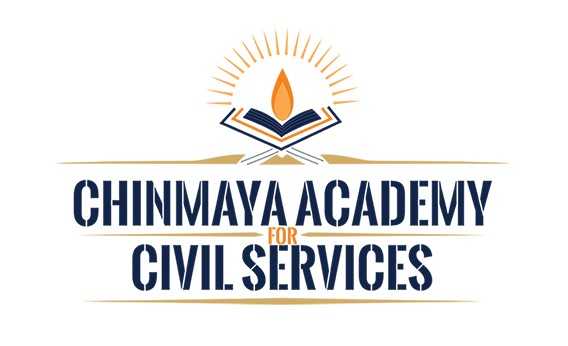The very nature of Statistics as a subject ensures that it is chosen as an optional paper in the UPSC CSE by very few aspirants. It is not the kind of subject that any layman can choose and score well enough to clear the UPSC CSE Mains examination.
Statistics as an optional subject for UPSC requires a thorough comprehension as well as the application of its theories. The UPSC CSE syllabus for this subject includes, among other things, probability theory, inferences, sampling theory, and quantitative economics.
The curriculum also tends to focus on a more significant number of topics in comparison to certain other papers. As a result, predicting the topic from which questions will be asked is quite tricky. Also, it does not have anything in common with the General Studies paper of UPSC CSE. So, it would make sense to opt for this optional paper only if you are interested in the subject and have decent knowledge levels before you start your preparation.


